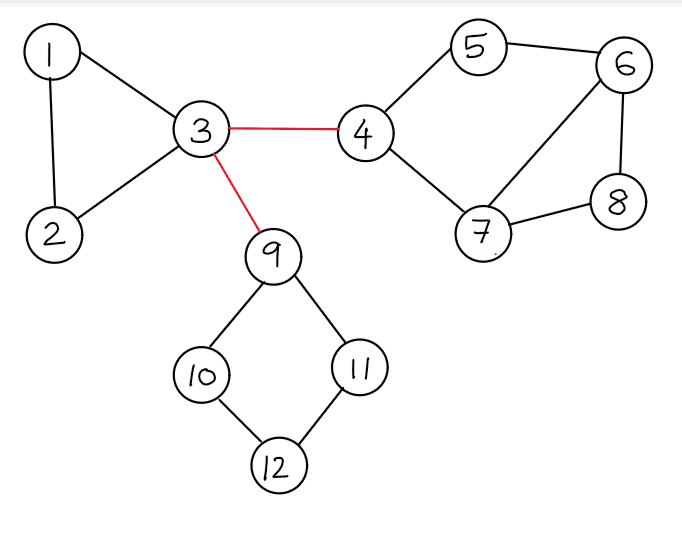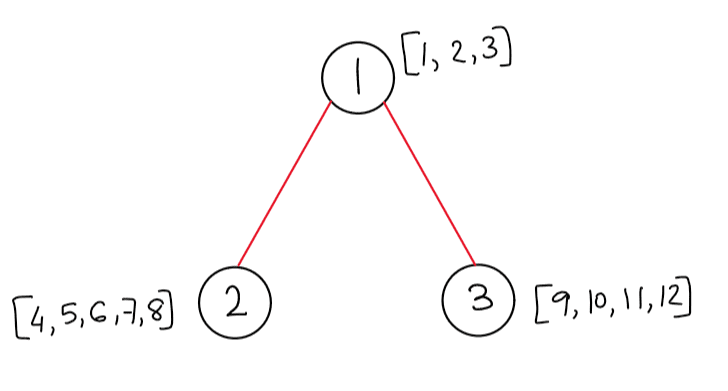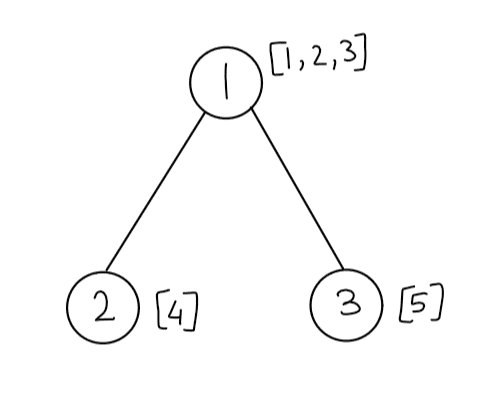Hello everyone,
We hope you are doing well. We are here to announce that we are now opening sign-ups for UFDS 2024. The program is designed to train students for ZCO, INOI and IOITC.
The following students (and mentors) were all a part of UFDS 2023:
- All 4 students selected for IOI.
- All 6 students who represented India at the APIO. They won 2 gold and 2 bronze medals.
- 1 student reached IOI 2023 with just 10 months of Competitive Programming experience.
- 9 out of the 10 students who got gold in INOI.
The server also surrounds you with like-minded people, so everyone can help each other.
If you join the program, we will help you by:
- Setting contests to improve your skills
- Compiling useful practice problem sets to introduce you to a variety of different techniques
- Selecting problems to practice with
- Providing hints to solve problems in practice
- Discussing problems after a contest
- Recommending similar problems (if you’d like to reinforce a trick/observation)
- Providing debugging assistance
- Finding tutorials for classical techniques
- Hosting sessions to teach/discuss classical techniques
- Hosting sessions to teach/discuss specific problems
Most importantly, joining the server gives you access to sample ZCO and INOI sets for you to practice on. The majority of participants rate this as the most important element of their preparation.
This program is only applicable to students eligible for ICO. If you think you'd benefit from the mentorship, feel free to apply at our form here.
Links to the previous mentoring programs:
- 2023: https://codeforces.me/blog/entry/104249
- 2022: https://discuss.codechef.com/t/ufds-mentoring-2022/92030
- 2021: https://discuss.codechef.com/t/ufds-mentoring-program/80605
Regards,
UFDS 2024 Mentoring Team.
kshitij_sodani, socho, smjleo, Dominater069, inventiontime, PoPularPlusPlus, aryan12.













